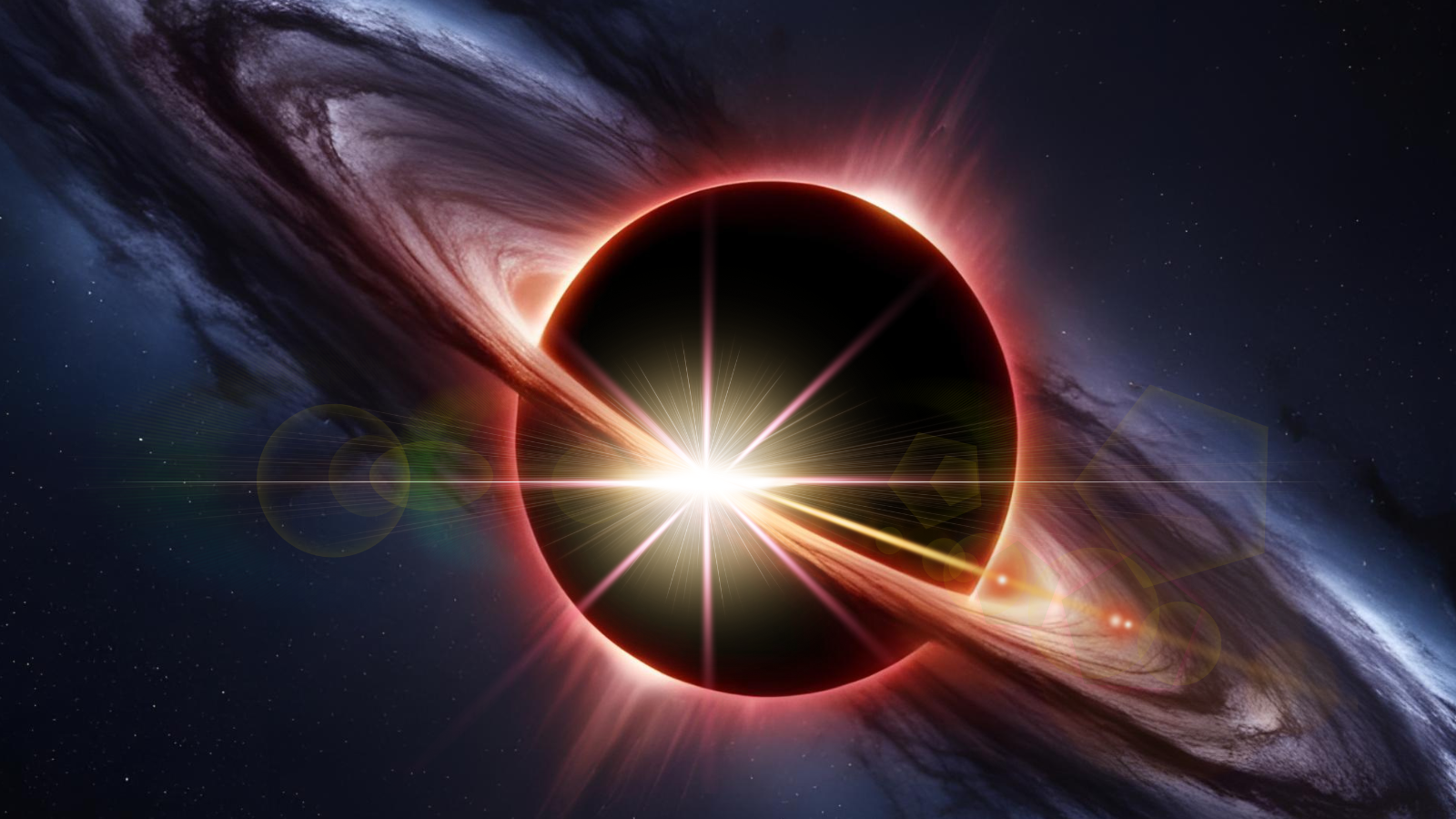This is a truly wild ride.
A stunning new video captures the dramatic and surprisingly colorful descent of a SpaceX Falcon Heavy payload fairing shortly after the huge rocket's launch on June 25.
"View from the fairing during the STP-2 mission; when the fairing returns to Earth, friction heats up particles in the atmosphere, which appear bright blue in the video," SpaceX representatives wrote on Twitter Wednesday (July 3), where they posted the short video.
Related: See Amazing Photos of June 25 Falcon Heavy Launch
View from the fairing during the STP-2 mission; when the fairing returns to Earth, friction heats up particles in the atmosphere, which appear bright blue in the video pic.twitter.com/P8dgaIfUblJuly 3, 2019
Payload fairings surround and protect satellites during launch. Fairings aren't needed after rockets reach space, so the gear is jettisoned and falls back to Earth.
SpaceX fairings come down in two halves. Each piece is outfitted with a parachute and small steering thrusters, to slow the hardware's descent and aid recovery efforts. SpaceX aims to reuse fairings, because both halves together are worth about $6 million, SpaceX founder and CEO Elon Musk has said. (The Falcon Heavy and Falcon 9, SpaceX's workhorse rocket, use the same fairing.)
Recovery efforts have recently involved a speedy, net-equipped boat, previously named Mr. Steven but now known as GO Ms.Tree, that attempts to pluck fairing halves out of the sky. Saltwater is extremely corrosive, so keeping fairings out of the ocean is a priority for SpaceX.
Get the Space.com Newsletter
Breaking space news, the latest updates on rocket launches, skywatching events and more!
The boat had not managed to pull this off until the June 25 Falcon Heavy launch. And we get to see this historic catch, thanks to video captured from GO Ms.Tree and shared by Musk via Twitter on Wednesday.
Musk posted the 11-second net-snag video in the same Twitter thread as the fairing-descent video. So, it seems likely that both videos show the same fairing half, though Musk does not explicitly state this.
Landing on Ms. Tree pic.twitter.com/4lhPWRpaS9July 4, 2019
The June 25 mission, the third ever for the powerful Falcon Heavy, was known as Space Test Program-2 (STP-2). The rocket lofted two dozen satellites for a variety of customers, including a NASA spacecraft that's testing a more environmentally friendly propellant, and LightSail 2, a solar-sailing demonstrator operated by the nonprofit Planetary Society.
The Falcon Heavy consists of three modified, strapped-together Falcon 9 first stages. The central Heavy booster is topped by a second stage and the payload.
The Heavy first stages, like that of the Falcon 9, is reusable. Shortly after liftoff on June 25, all three boosters came down to Earth for landing attempts. The two side boosters aced theirs on terra firma, but the central core came up just short in its try on a "drone ship" in the Atlantic Ocean.
- SpaceX's Falcon Heavy: Latest News, Images and Video
- SpaceX's Fairing-Catching Boat in Photos
- The Evolution of SpaceX's Rockets in Pictures
Mike Wall's book about the search for alien life, "Out There" (Grand Central Publishing, 2018; illustrated by Karl Tate), is out now. Follow him on Twitter @michaeldwall. Follow us on Twitter @Spacedotcom or Facebook.
Join our Space Forums to keep talking space on the latest missions, night sky and more! And if you have a news tip, correction or comment, let us know at: community@space.com.

Michael Wall is a Senior Space Writer with Space.com and joined the team in 2010. He primarily covers exoplanets, spaceflight and military space, but has been known to dabble in the space art beat. His book about the search for alien life, "Out There," was published on Nov. 13, 2018. Before becoming a science writer, Michael worked as a herpetologist and wildlife biologist. He has a Ph.D. in evolutionary biology from the University of Sydney, Australia, a bachelor's degree from the University of Arizona, and a graduate certificate in science writing from the University of California, Santa Cruz. To find out what his latest project is, you can follow Michael on Twitter.
